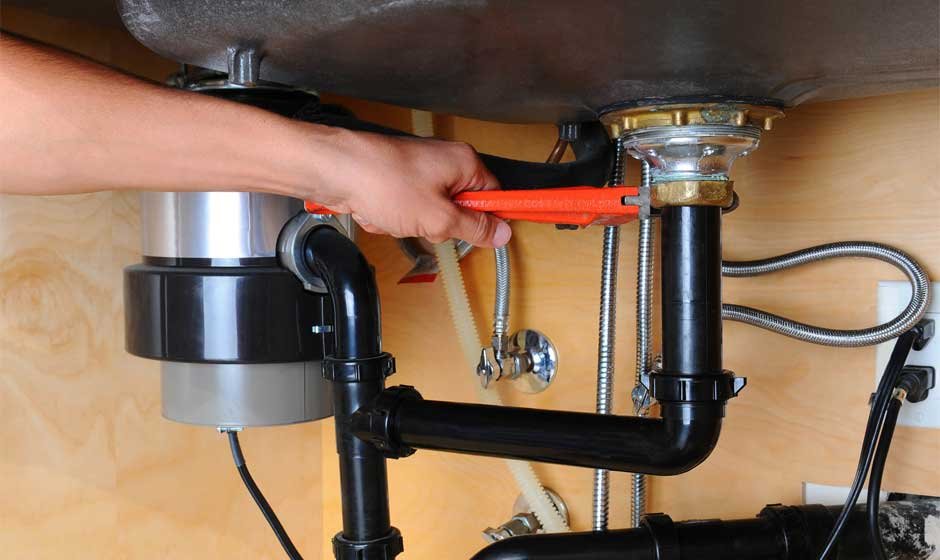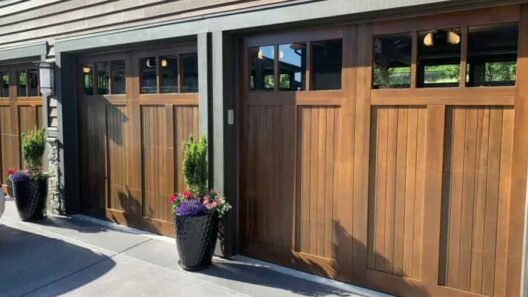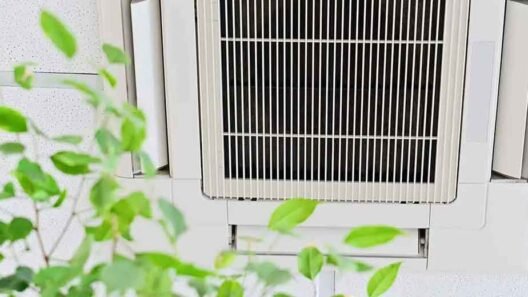Plumbing problems are an unavoidable part of homeownership. However, ignoring common plumbing issues can turn small inconveniences into costly disasters. A dripping faucet, slow drain, or running toilet may seem minor at first, but if left unchecked, they can lead to water damage, high utility bills, and expensive repairs, as shared by Keyrenter Houston services.
The good news? Many plumbing repairs DIY methods can address these problems before they escalate. In this guide, we’ll explore the most common household plumbing issues, how to fix them yourself, and when to call a professional. We’ll also share preventive maintenance tips to keep your plumbing in top shape, saving you money and stress in the long run.
The Most Common Plumbing Issues and Their Warning Signs
1. Dripping Faucets
A constantly dripping faucet isn’t just annoying—it’s wasteful. Even a slow drip can waste hundreds of gallons of water per year. This issue is usually caused by worn-out washers, O-rings, or a faulty valve.
Warning signs:
- Persistent dripping sounds
- Water stains in the sink basin
- Higher water bills
2. Slow Draining Sinks and Tubs
If your sink or bathtub takes longer than usual to drain, you likely have a clog forming in the pipes. Hair, soap scum, grease, and food debris are common culprits.
Warning signs:
- Water pooling around the drain
- Gurgling sounds when draining
- Unpleasant odors from the drain
3. Water Heater Problems
Your water heater is essential for everyday tasks, so issues with inconsistent temperatures or strange noises should not be ignored.
Warning signs:
- Fluctuating water temperatures
- Strange banging or popping noises
- Water pooling around the base of the heater
4. Running Toilets
A running toilet can waste up to 200 gallons of water per day, drastically increasing your water bill. This issue is often caused by a faulty flapper valve, which fails to seal the tank properly.
Warning signs:
- Constant sound of running water
- Jiggling the handle stops the running temporarily
- Increased water usage without explanation
5. Low Water Pressure
Low water pressure can make simple tasks like showering or washing dishes frustrating. This could be due to sediment buildup in the aerator, leaks in the plumbing, or municipal supply issues.
Warning signs:
- Weak water flow from faucets
- Inconsistent pressure in different fixtures
- Water flow suddenly drops when another appliance is used
6. Leaky Pipes
Leaky pipes can cause water damage, mold growth, and higher water bills. Even a small leak can turn into a major problem if left unaddressed.
Warning signs:
- Water stains on walls or ceilings
- Musty odors or visible mold
- Damp spots under sinks or near appliances
DIY Fixes for Minor Plumbing Issues
How to Fix a Dripping Faucet
- Turn off the water supply.
- Remove the handle and unscrew the packing nut.
- Replace the worn-out washer or cartridge inside.
- Reassemble the faucet and turn the water back on.
Unclogging a Slow Drain
- Natural remedy:Pour baking soda and vinegar down the drain, let it sit for 30 minutes, then flush with hot water.
- Mechanical method:Use a drain snake to remove debris blocking the pipe.
Stopping a Running Toilet
- Open the toilet tank and inspect the flapper valve.
- If the flapper is worn or misaligned, replace it.
- Adjust the fill valve to ensure proper water levels.
Boosting Water Pressure
- Clean the aerator by unscrewing it and soaking it in vinegar.
- Check for leaks in the pipes and fix them.
- Ensure the main shutoff valve is fully open.
Patching a Small Pipe Leak
- Apply epoxy putty over small cracks as a temporary fix.
- Use a pipe repair clamp to seal larger leaks until a plumber can replace the damaged section.
When to Call a Professional Plumber
Some plumbing issues go beyond plumbing repairs DIY solutions. If you notice any of these serious signs, it’s time to bring in a professional plumber:
- Unexplained water stains or mold growth– Could indicate a hidden leak.
- Sewage smell in your home– May signal a problem with the sewer line.
- Sudden spike in water bills– Hidden leaks or faulty plumbing may be the cause.
- Burst pipes or major leaks– Require immediate professional attention.
- Persistent water heater issues– If troubleshooting doesn’t help, a professional needs to inspect it.
Preventive Maintenance Tips for Long-Term Plumbing Health
Prevention is the best strategy when it comes to plumbing. Here’s how to avoid major issues:
- Regularly check for leaksunder sinks and around appliances.
- Flush drains weeklywith hot water to prevent clogs.
- Insulate pipesbefore winter to prevent freezing.
- Schedule annual inspectionswith a plumber to catch hidden issues early.
- Install a water leak detection systemfor early warning signs of leaks.
Cost Savings and Benefits of Preventative Plumbing Care
Investing time and effort into plumbing maintenance can save you thousands in emergency repairs. Here’s why it’s worth it:
- Avoid costly emergency fixes– Small leaks or clogs are much cheaper to fix early.
- Lower water bills– Fixing leaks and maintaining fixtures improves efficiency.
- Prevent property damage– Water damage from leaks can lead to mold and expensive structural repairs.
- Extend the lifespan of plumbing fixtures– Regular maintenance ensures your plumbing lasts longer.
Taking care of common plumbing issues before they worsen can save you money, prevent damage, and keep your home running smoothly. By learning simple plumbing repairs DIY solutions and knowing when to call a professional, you can avoid major problems down the line.
Don’t wait for a plumbing emergency to take action! Be proactive in maintaining your home’s plumbing, and consider scheduling a professional inspection to ensure everything is in top condition.












